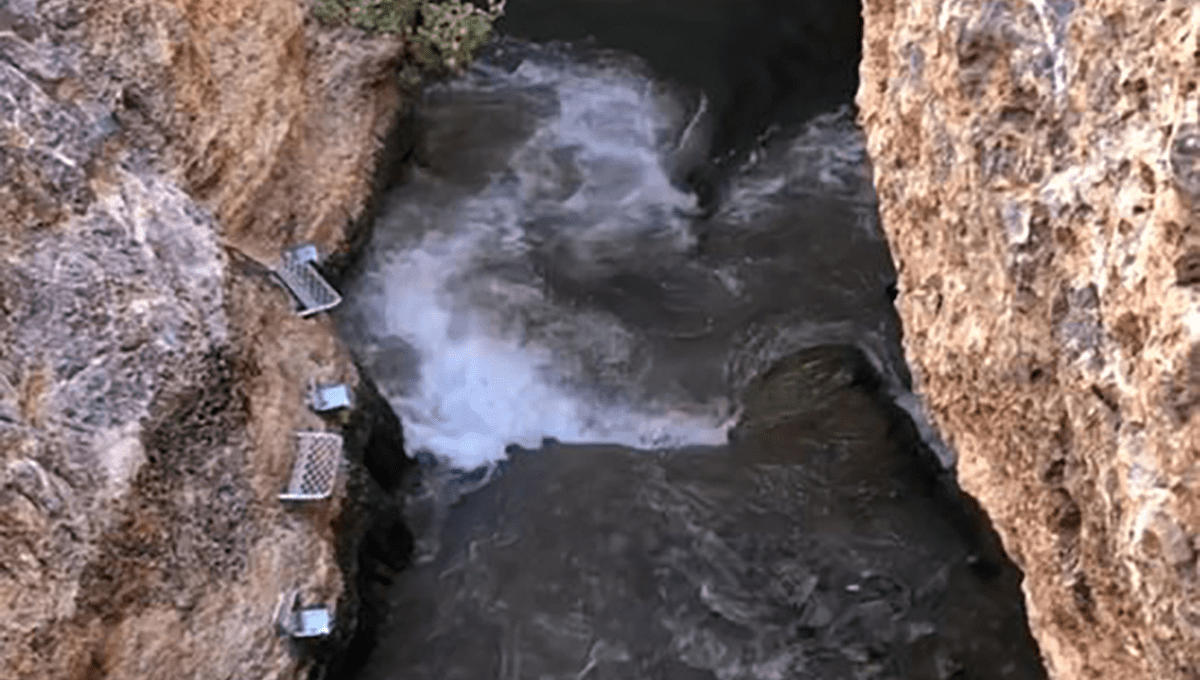
Last week, Mexico experienced a major earthquake that killed at least two people. Given its 7.6 magnitude, there were fears the death toll could be considerably larger. Being on land, the quake did not cause a tsunami in the ocean. However, it triggered what has been termed a “desert tsunami” in the Devil’s Hole pool, Death Valley – 1,500 kilometers (932 miles) from the quake’s epicenter.
The Devil’s Hole is remarkable in several ways. Located in possibly the hottest place on Earth, finding any water there is impressive. Yet the small pool not only lasts through years without rain and competition for groundwater, it supports the Devil’s Hole pupfish (Cyprinodon diabolis). The fish, with the most restricted range of any vertebrate, have survived in isolation in water half the length of an Olympic pool and a single lane wide since the local climate dried out 10,000 years ago.
Being only 22 meters (72 feet) long, the pool isn’t the sort of place one would expect big waves. However, its size and great depth make it well suited to seiches, a type of standing wave. The speed with which water traverses the pool and its length means waves bounce off walls in time to constructively interfere with each other, causing the wave height to build. It’s similar to the way sound waves make a resonant frequency in a wind instrument of suitable length.
“The pupfish have survived several of these events in recent years,” said Kevin Wilson, National Park Service aquatic ecologist in a statement. “We didn’t find any dead fish after the waves stopped.”
One of those observing the seiche in the video below comments she has never seen waves this big in the pool. However, in 2019, a magnitude 7.1 quake just over the California-Nevada border produced wave heights of 3-5 meters. For the pupfish, the short-term experience might have been alarming, but the longer-term consequences could be worse.
The pupfish rely on algae growing on a shallow shelf of the pool for food, and the wave action and stirred sediment removed much of this. With fish numbers having risen from 35 nine years ago to 175 at the last census, any drop in the food supply could have serious consequences. At least the shaking should have temporarily addressed the water’s low oxygen levels, which may be why unseasonal spawning events often follow seiches.
The fact the hole was shaken by a quake almost a thousand miles away is impressive enough, the Parks Service Website reports seiches have previously been associated with quakes as far afield as Japan, Indonesia, and Chile.
Seiches can be caused by storms on lakes or bays, and recently attracted attention as the explanation for events in what was then America’s inland sea on the day the dinosaurs died.
Source Link: Mexico Earthquake Sets Off Desert Tsunami In Death Valley Cave Containing World’s Rarest Fish